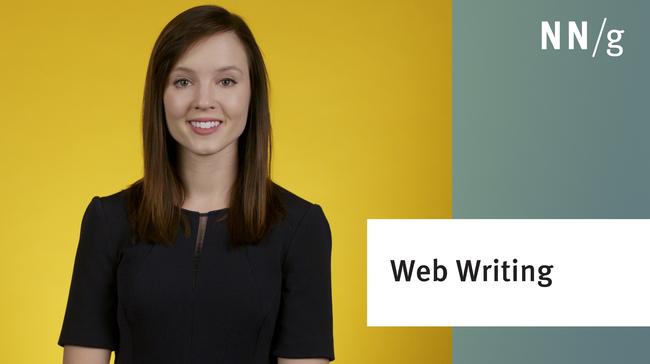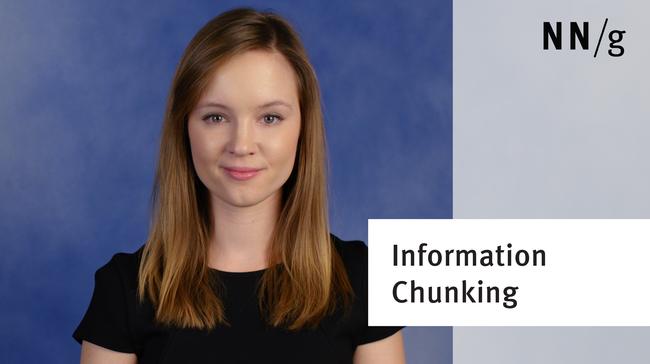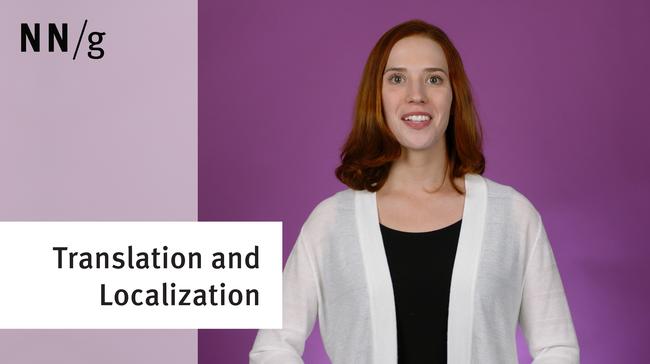In journalism, the inverted pyramid refers to a story structure where the most important information (or what might even be considered the conclusion) is presented first. The who, what, when, where and why appear at the start of a story, followed by supporting details and background information. This writing style is different than, for example, academic writing, where an abstract may summarize the main findings, but the content typically focuses first on the details, leading to the conclusion which appears at the end of the article.
The name “inverted pyramid” comes from picturing the broad facts at the top of the story, followed by smaller and smaller details, like a triangle balanced on one corner.

This writing style gets to the point quickly and supports all types of readers. Even those who have the time or inclination to read only a single paragraph, or even single sentence will still know what the story is about. The inverted pyramid also helps editors when they need to cut a piece at a certain length to fit a publication: if the paragraphs get less and less important as you advance in the article, the article can easily be trimmed at practically any point.
Benefits of the Inverted-Pyramid Style for Web Writing
The inverted pyramid is perfectly suited for the web - on any screen size. We know that users don’t read carefully online. They have little patience for content that doesn’t engage them. Users scroll, but only when they think that the content they want or need will appear on that page. The inverted pyramid style addresses all of these aspects of user behavior.
Using the inverted pyramid style can:
- Improve comprehension: Users can quickly form a mental model and a general understanding of the article, making it easier to understand the details that follow.
- Decrease interaction cost: Users can understand the main point of the page without having to spend a lot of time reading.
- Encourage scrolling: This structure can encourage scrolling by engaging the audience with the main point, and drawing them in to the details that follow.
- Structure content logically: Starting with broad information sets the stage for what follows. Elements like anchor or jump links can become unnecessary when content is structured to draw the user down the page.
- Support readers who skim: Readers can stop reading at any point on the page and still come away with the main point.
How to Write in the Inverted Pyramid Style
- Identify your key points. What piece of information is the key fact you want your readers to know, even if they only read a single paragraph or sentence on the page? What effectively summarizes all the information that will follow?
- Rank secondary information. Outline the story details and supporting information, prioritizing the information that is most likely to be of interest to the broadest audience, and moving down the list to the smaller and more nuanced details.
- Write well and concisely. The structure only helps readers if the content is strong. Cut unnecessary information. Get to the point quickly. Use straightforward language. Use short paragraphs and bulleted lists.
- Frontload all elements of content with important information. The main headline should be descriptive. The story should start with the main point. Each heading or subheading should be descriptive. The first sentence of every paragraph should be the most important. The first words in each sentence should be information-carrying and indicate what content will follow.
- Consider adding a summary or list of highlights. Some sites go a step beyond and add a summary (like this article does) or a bulleted list of key points to further emphasize the main takeaways of the content.
Conclusion
The inverted-pyramid style matches how web users read content. Using this style on the web, whether for B2B service descriptions, ecommerce product descriptions or company or world news, helps engage and inform users effectively.





Share this article: